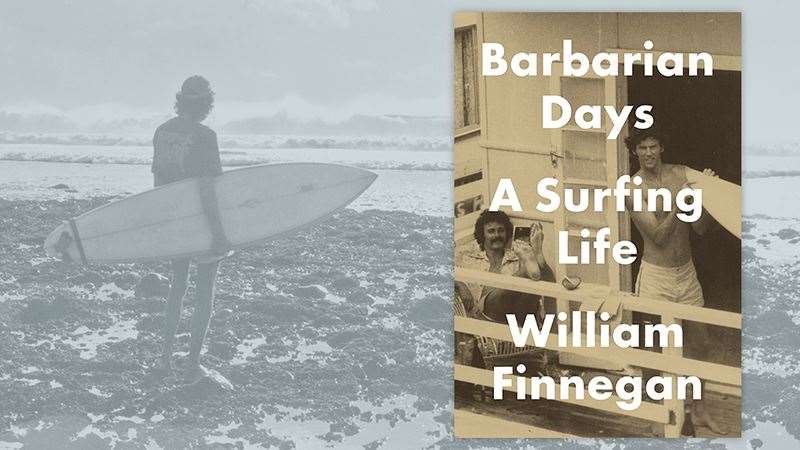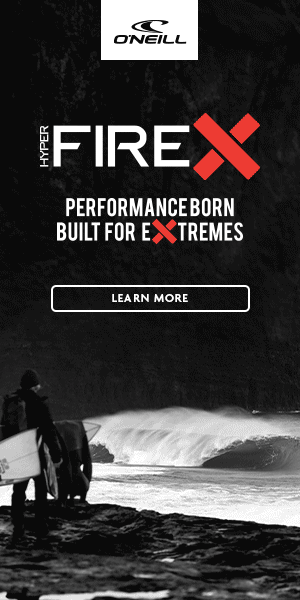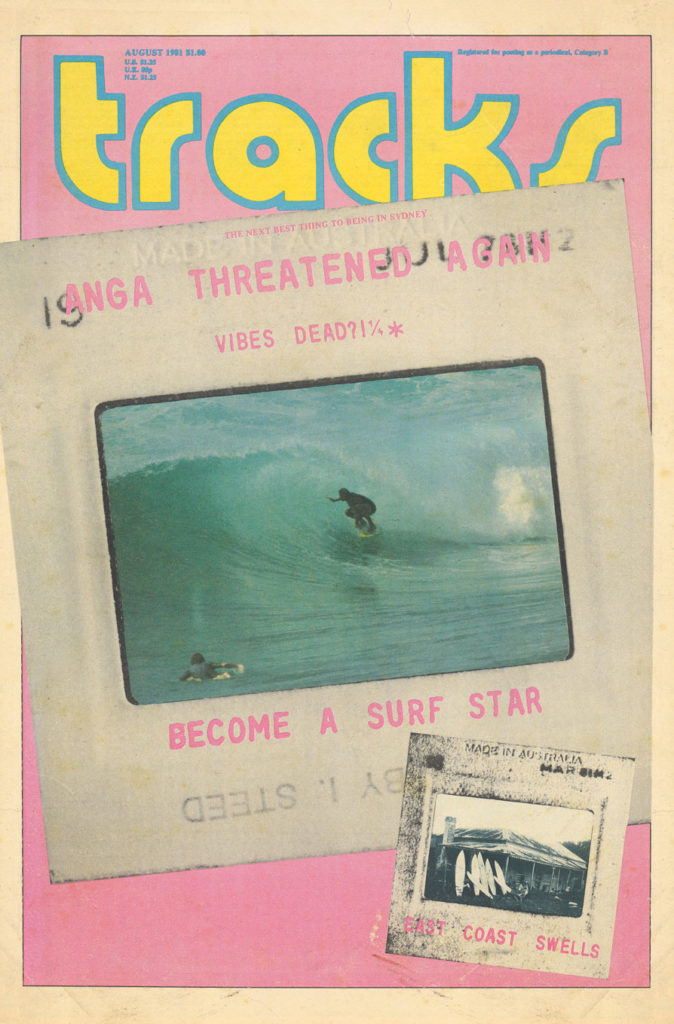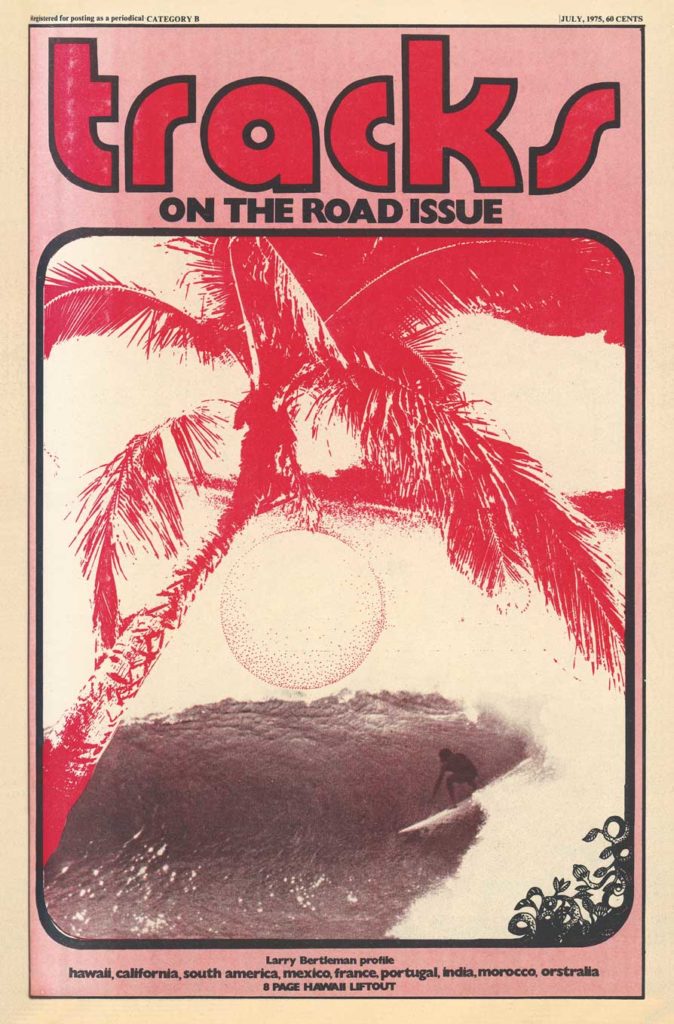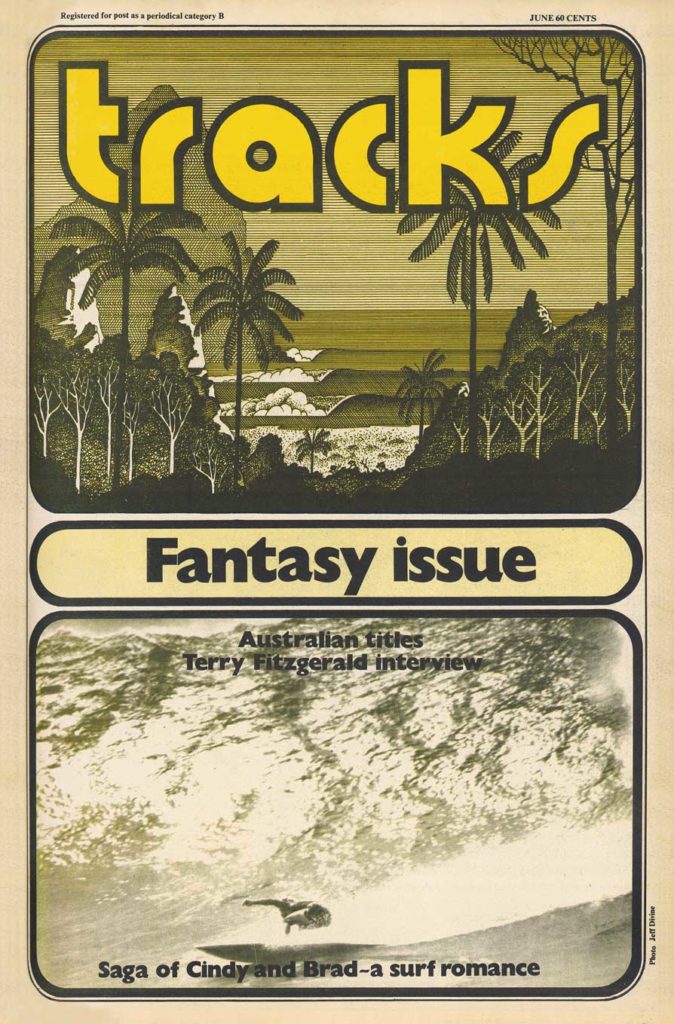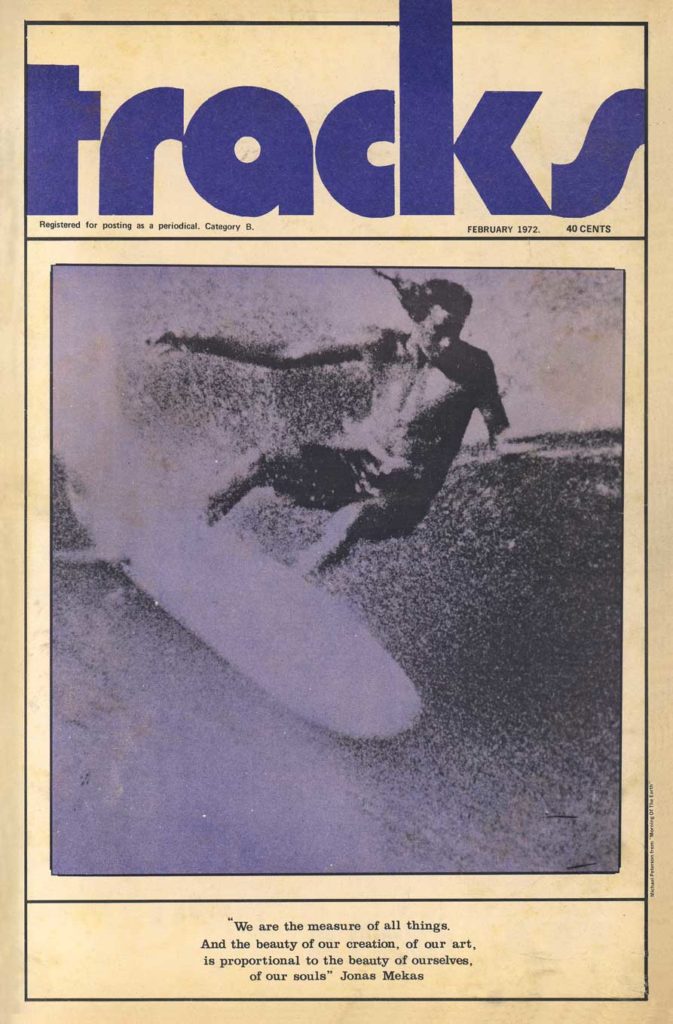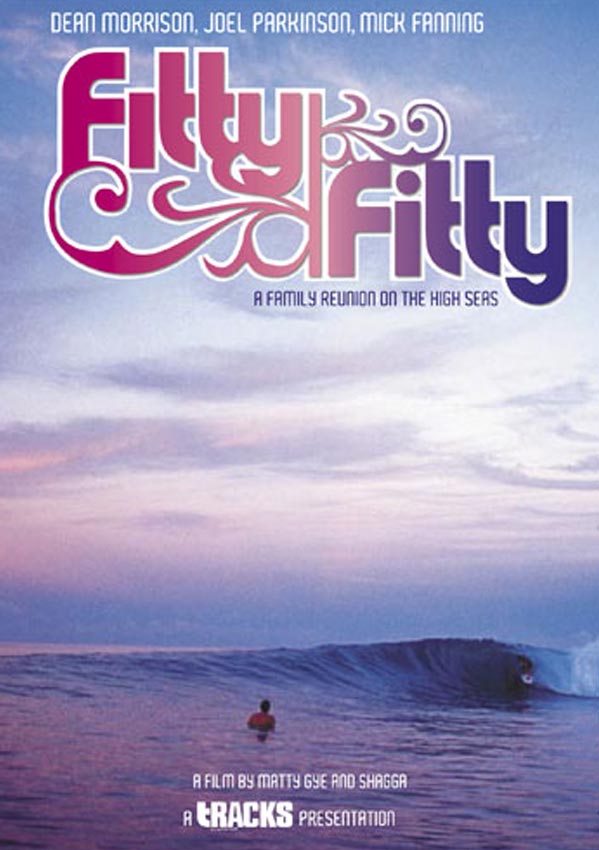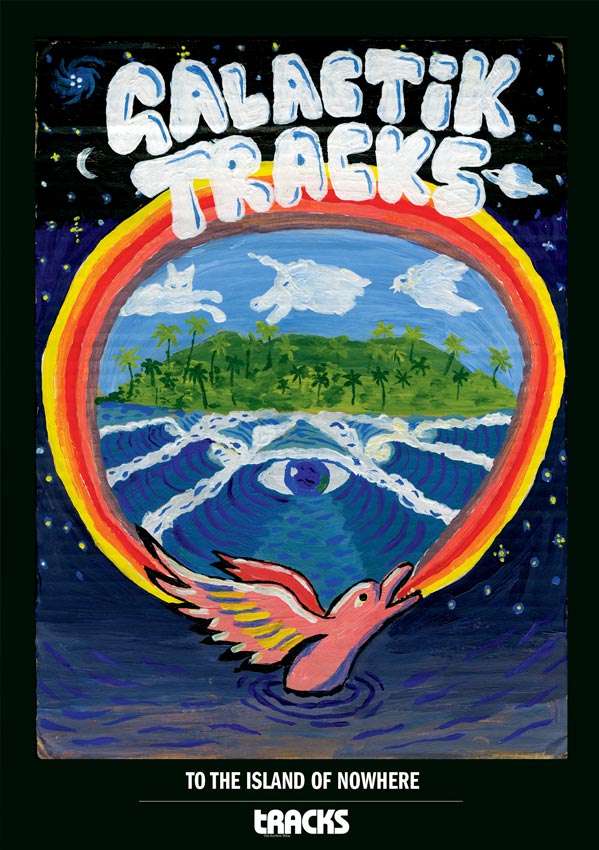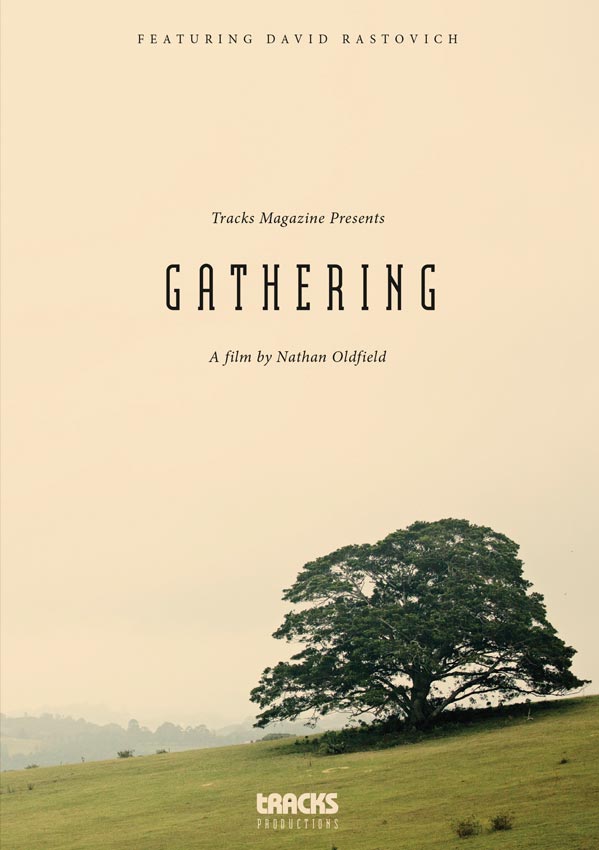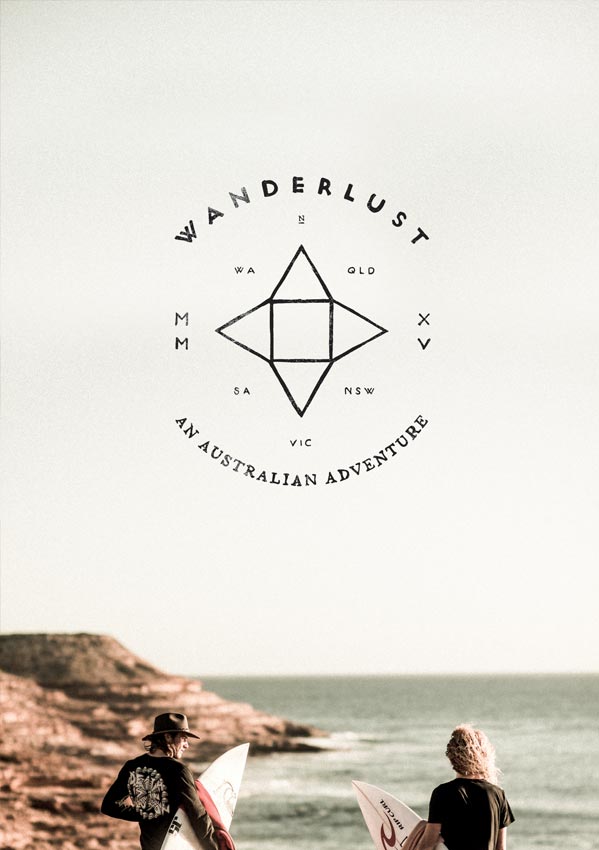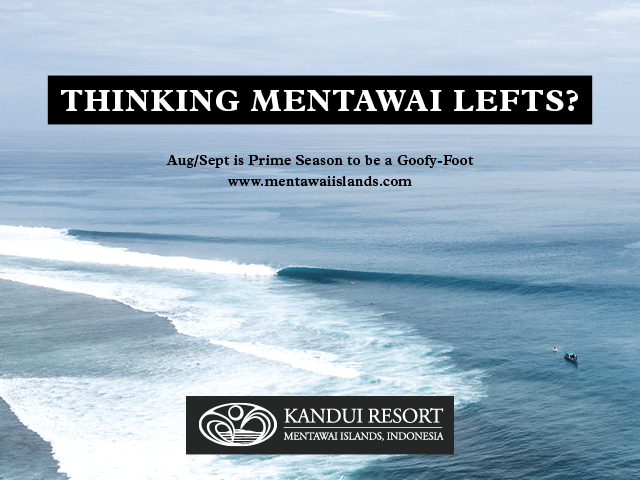William Finnegan has won one of the literature world’s most coveted awards, The Pulitzer prize, for his epic, autobiographical surf tale, Barbarian Days: A Surfing Life. Finnegan claimed $10 000 for winning the biography or autobiography category and proved that you can dedicate half your life to getting barrelled and still become a mainstream success.
Below is a Tracks review of the book from a few months back.
Much of the surf content we consume concerns itself with the glorification of those who ride waves better than anyone else. So what happens when a regular surfer decides to write a memoir about their surfing life?
In many ways William Finnegan’s Barbarian Days, A Surfing Life is really the story of every person who has spent the better part of his or her life under surfing’s spell. Finnegan writes of themes to which we can all relate – his initial enchantment with the ocean, the fight to claim a place in surfing’s complex hierarchy, the quest for the perfect board, intrepid adventures, friendships forged in the lineup and the specific breaks which inspired an obsessive understanding of their idiosyncrasies. The book’s through line evolves around Finnegan’s constant struggle to balance surfing’s rapturous call with his more conventional desire to build a career as a writer. The themes are all traversed by Finnegan with an eloquence and intellectual rigour not frequently seen in the surf-writing genre. Bill refuses to dumb this one down for anybody.
However, if Finnegan does speak for the everyman in his memoir, he certainly does have an interesting story to tell. Raised between California and Hawaii while his father chased director/producer gigs on T.V and film sets, Finnegan got a solid dose of both surf cultures in the heady 60s and early 70s. In Hawaii’s unforgiving schoolyards a young William learns that fighting is sometimes an unavoidable reality, while surfing proves similarly inescapable for different reasons. “My utter absorption had no rational content. It simply compelled me; there was a deep mine of beauty and wonder in it. Beyond that I could not have explained why I did it. I knew vaguely that it filled a psychic cavity of some kind – concerned perhaps with leaving the church, or with, more likely, the slow drift away from my family – and that it had replaced many things that came before it. I was a sunburnt pagan now. I felt privy to mysteries.”
Back in California in the late 60s Finnegan bares witness to travelling Australian, Bob McTavish, flying down Rincon point on his chopped down V-bottom, and soon after finds himself caught up in the fervour of a short-board revolution which is playing out against a backdrop of more dramatic social change. “It was 1968. Across the West, with its restless youth, a great many things – sex, society, authority – were being rethought or sharply questioned, and the little world of surfing rose, in its way, to the insurrectionary moment. The shortboard movement was inseparable from the zeitgeist.”
Although childhood wave fascinations are scrupulously dissected, Finnegan’s first real infatuation of note is Honolua Bay on the island of Maui. One magic session at Honolua prompts him to drop out of college and drag his girl to Hawaii for an austere wave-focused existence. While holding down a job in a local bookstore, Finnegan waits for swells to light up Honolua. Over time he surfs it on dark, on acid and when it’s as big as it can hold. Finnegan describes his sessions with compelling detail and is artful enough to do so without sounding like he is simply blowing smoke up his ass. Instead he writes from a point of genuine amazement, as if its his duty to explain to others the wonders to which he has been privy, like an explorer journeying to a new land for the first time. Of Honolua he writes – “It was once again, a glorious wave, with hues in its depth so intense they felt like first editions – ocean colours never seen before, made solely for this wave, for this moment, perhaps never to be seen again.”
When Finnegan adopts a somewhat anthropological take on surfers and surf culture it can seem that that he is trying to accomplish what many consider the literary impossible – to write a book that satisfies hard core surfers while simultaneously introducing a non-surfing audience to the mystery and mythology of surfing. He may have pulled it off. The surf-related experiences are authentic and compelling, and thus ensure core guys don’t see Finnegan as an imposter, while the language makes it at once accessible and stimulating for someone on the outside looking in. Some of these mainstream targeted descriptions also provide surfers with a new perspective from which to consider rarely articulated cultural norms they simply take for granted.
“The surfing social contract is a delicate document. It gets drafted every time you paddle out. At crowded waves, while jockeying for waves with a mob of strangers, talent, aggression, local knowledge and local reputation help establish a rough pecking order.”
After Honolua, Finnegan travels to Australia and the Sth Pacific with literary and surfing sparring partner, Bryan Di Salvatore. In Fiji they stumble across Tavarua (before it became a luxury resort) and in a Shangri-La moment in time, enjoy the left out the front (now known as Restaurants) for weeks with no one but them to ride it.
In Australia Finnegan and Di Salvatore try to master Kirra and keep their literary ambitions alive by co-writing stories for Tracks. Finnegan takes a job as a dish-pig at the famed Twinned Towns and gives a distinctly American insight into late 70s Australia. “… I was falling hard for Australia. The country had never interested me. From a distance it seemed terminally bland. Up close, though, it was a nation of wisenheimers, smart-mouthed diggers with no respect for authority… Australia was easily the most democratic country I had ever encountered.”
When Finnegan travels to Africa during the Apartheid era, surfing takes a temporary backseat to his social justice and journalistic aspirations and thus the book, as suggested earlier, becomes as much about one person’s struggle to nurture a meaningful career and make a difference while still supporting a surfing habit. At times Finnegan even maligns the pull that surfing has over him and the psychological obstacles it poses to his career progression. “I was wary of its siren call, its incessant demands. I was reluctant to even think about it more than was necessary.”
Ultimately however, he does go on to become a successful writer and journalist (Finnegan has covered everything from African war zones to Mexican drug wars as a journalist) and proves, almost in spite of himself, that you can have your cake and eat it if you work at it.
Some of the book’s most engaging chapters focus on the icy, big-wave encounters of the hard-core Northern Californian crew who dedicate themselves to San Francisco’s Ocean Beach. Finnegan finds himself as a kind of reluctant member of a brazen scene where stoicism, calculating skill and machismo are the keys to survival. The unlikely leader of this crew is a six-foot-four doctor with an obsessive streak and a death wish.
Although wary of becoming one of Mark Reneker’s so called disciples Finnegan gets commissioned to write about him for the New Yorker magazine. Perhaps his surfing subconscious was trying to keep him close to the waves. In any case the profile takes him years to write amongst other projects – time enough to get a pretty good insight into an Ocean Beach scene where the waves sometimes seem to have an almost Gothic Horror quality.
“One January morning in 1984, Ocean beach was so big that San Francisco felt like a ghost town as I drove the few blocks to the coast. It was a dark, ugly day, drizzling and cold. The ocean was grey and brown and extremely ominous.”
If the waves don’t sound inviting it’s intriguing to read about the cast of surfers who are hard-wired to take on the gloomy Ocean Beach challenge.
After Ocean Beach it is the island of Madeira and the fabled Jardim Do Mar that become Finneagan’s focal point for riding waves. Again we are given an erudite insight into a land of vertiginous cliffs and complicated culture as well as a compellingly vivid picture of the wave odysseys the island presented.
“The waves we surfed were all dicey, super-complex reef breaks, demanding the most diligent study and harshly penalizing even small mistakes. For me, with my physical powers dwindling and my work as a journalist in high gear, it was a strange time to take on such a high stakes, off-the-grid, unforgiving project.”
Although Finnegan remains optimistic about surfing into his 60s, there is perhaps in his memoir a hint of the Edenic perspective – a notion that things might never be as good as they were in that Golden Era when he was experiencing them. If this tone does come through in the copy then it’s never too smug, and the truth of the matter is that Finnegan was fortunate enough to be in possession of an adventurous spirit at a time when surfing was yet to reach saturation point and many of its sacred sites had yet to be overrun with pilgrims. Few can boast that they were amongst the first to surf Restaurants, enjoyed Nias in the early era and rode Jardim Do Mar in Madeira before a seawall dramatically changed the wave. Indeed Finnegan is aware chiefly of two things – that he has a good story to tell and the literary talent to do it justice. By choosing to write the memoir he also somehow gives credence to the lives of everyone who chose what might crudely be called The Surfer’s Path. Although the book is deeply personal it sends a powerful message to the collective audience – that the challenges you take on, the adventures you have, the waves you ride and the friendships you make through surfing are all worth celebrating.

